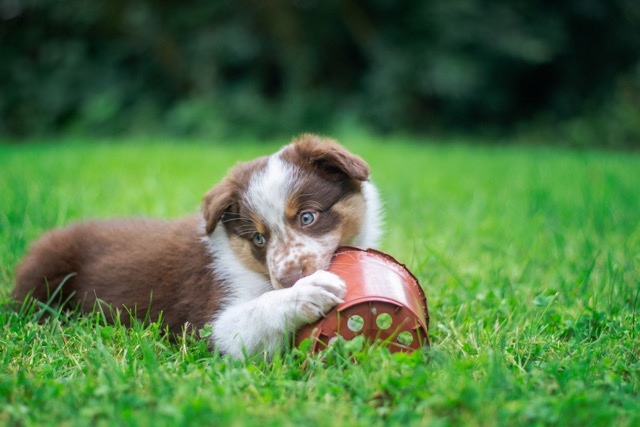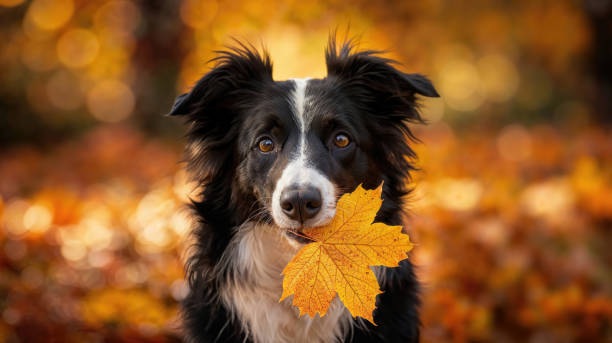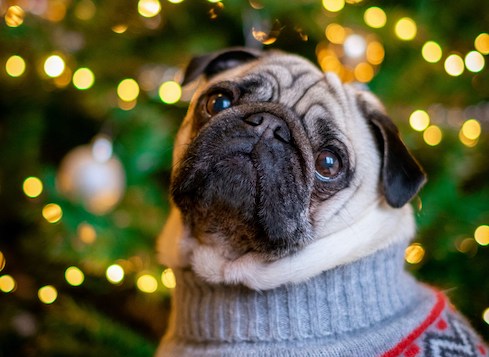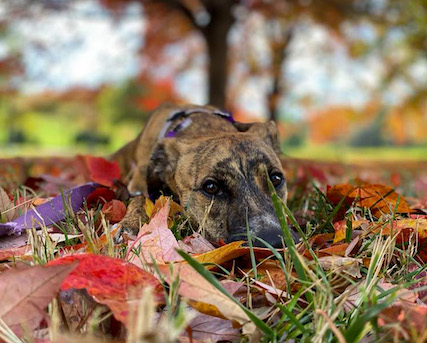Puppy biting and mouthing can be a huge headache. Rugs destroyed, hands bleeding, and favorite shoes ripped. Puppies bite excessively for a number of reasons. For one, puppies lose their teeth between the ages of 3-6 months on average. This can aggravate their gums and chewing provides relief. Another reason puppies chew is that they may not have learned bite inhibition. This is especially true of puppies that were pulled from their littermates before 8 weeks of age. Last, puppies use their mouth to explore their environment. They often taste first and think later!
The good news…it’s completely normal and something that can be eliminated with training. Follow these three easy steps below.
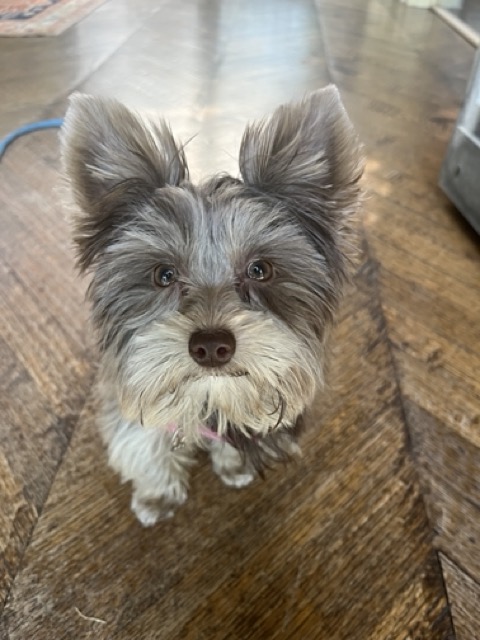
Step 1: Monitor your puppy using a tether
Use your puppy’s leash to place under a sturdy piece of furniture. This will prevent your puppy from wandering around the house and grabbing inappropriate items out of sight. You’ll be able to see if they play with their toy or with the rug immediately. When you are unable to monitor, place the puppy in their crate or exercise pen.
Step 2: Teach an alternative behavior that is appropriate for your puppy
This is called Differential Reinforcement of Incompatible Behavior. Your puppy cannot physically bite you or the furniture if they have a toy in their mouth.
Within reach of the puppy, provide 8-12 appropriate toys. We recommend Kongs, antlers, cow bones, and Nylabones. We recommend avoiding rope and plush toys so that your puppy does not practice shredding their toys, like they would your couch or rug. The hard-textured toys will also help them differentiates the texture of human skin (soft). Plus, if you have any kids in the house, this will prevent the puppy from stealing their favorite stuffie. We know it’s very hard to give up their cute plush toys, but don’t throw them away. Just put them in a closet until the chewing is under control.
When you have all your toys, make sure the puppy always has access to at least eight of them.
- When they play, mouth, or show interest in the toy, calmly pet and praise them.
- You can also play with the puppy and their toy with tug or fetch to keep them interested.
- If your puppy drops the toy or stops showing interest, stop praising and petting.
Step 3: Appropriate consequences after positive reinforcement techniques
Appropriate consequences can be effective for your puppy if you’ve implemented the positive reinforcement techniques above. To deliver an appropriate consequence, you need to understand the function of each behavior.
Chewing
We define “chewing” as mouthing on inanimate objects like pillows, rugs, shoes, etc. The function of chewing is typically tangible, meaning the puppy enjoys the taste/feel of the object their mouthing. After you’ve introduced appropriate toy play and your puppy loves their toys, give a sharp verbal “NO!” appropriate if they put their mouth on an inappropriate item, like your shoe.

Play-biting
Play-biting is defined as mouthing on people or other dogs. Playbiting is often an attention-maintained behavior, as it is used for play or getting your general attention.
- If your puppy makes contact with your body/clothes with their teeth, take their toy and walk out of sight for 30 seconds.
- Don’t say anything to them (negative attention is still attention!)
- After 30 seconds, go back to the puppy with their toy and repeat the same situation so the puppy is successful and learns from that scenario.
We hope you feel more confident in addressing your puppy’s biting. If you’d like additional help training your puppy, we’d love to hear from you! Contact us here.
